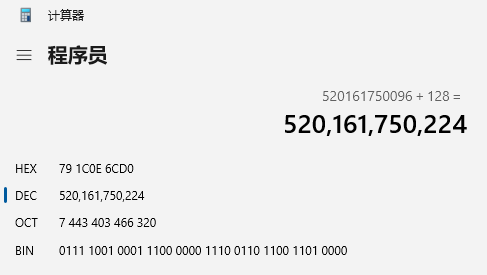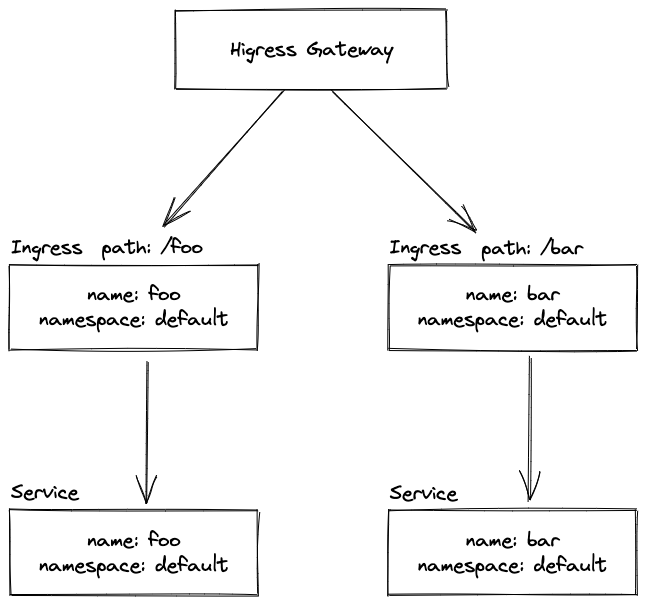前景概要
为什么生成的是csv文件而不是txt文件 因为txt在python那边处理起来比较麻烦 需要两组数 而数与数之间存在对应关系 这样两组数同样需要两组 就是两组xy数值 然后将两组x对齐通过折线图的形式对比y值
C++生成csv代码
每次open都会对文件内容进行刷新 但是我还不太想让open和输入距离太远 所以这里采取的是在文件末尾追加的形式 但是每次重新运行都要在文件输出的位置新建和程序同名文件
std::ofstream out;
std::string ss;
out.open("ubuntu绝对路径从根路径开始", std::ios::out |std::ios::app);
if (!out.is_open())
{
std::cout << "file is not open" << std::endl;
}
out.precision(4);
out << time << ",";
out << theta << std::endl;
out.close();
precision函数对精度进行控制
csv文件作为输出时 ","为分列输出 同样endl为换行输出
Python代码读取csv文件并使用matplotlib绘图
import csv
#用于读取csv文件
import matplotlib
#用于绘图
import matplotlib.pyplot as plt
from numpy import *
#用于求列表平均数
if __name__ == '__main__':
filename = '文件1的位置'
filename2 = '文件2的位置'
data = {}
data2 = {}
dic = []
timestamp = []
theta_z = []
timestamp2 = []
theta_z2 = []
with open(filename) as csvfile:
next(csvfile)
csv_reader = csv.reader(csvfile)
for row in csv_reader:
data[row[0]] = row[1]
#float用于将字符串转化为浮点数
time1.append(float(row[0]))
theta1.append(float(row[1]))
print(data)
with open(filename2) as csvfile:
next(csvfile)
csv_reader = csv.reader(csvfile)
for row in csv_reader:
data2[row[0]] = row[1]
time2.append(float(row[0]))
theta2.append(float(row[1]))
print(data2)
#round函数用于控制精度
time_ = [round(i, 4)for i in time1]
theta_ = [round(i, 4)for i in theta1]
#求列表平均数
theta_mean = mean(theta_z_)
time_2 = [round(i, 4)for i in time2]
theta_2 = [round(i, 4) for i in theta2]
#将两组数据输出在一个图上做对比
plt.plot(time_, theta_)
plt.plot(time_2, theta_2)
plt.show()

























